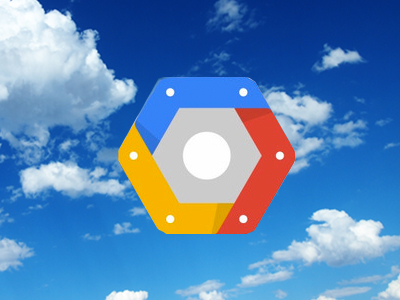Using cloud allows you to build a customized, low-cost environment to meet your workloads’ needs. This is true when your application needs a high-performance computing (HPC) environment, as well as for applications with more routine performance demands. While all three major cloud providers offer HPC capabilities, Google Cloud Platform recently announced some additional support, making it even easier to use cloud for all your workloads.
High-Performance Computing Requirements
Every workload has performance requirements, but some applications have more intensive needs. They typically achieve those needs in a cluster of high-speed nodes computing in parallel with low network latency allowing high-speed communication.
Benefits of High-Performance Computing in the Cloud
Moving HPC workloads to the cloud has several benefits. You gain access to advanced processors, GPUs, and low-latency storage without major capital investments. An HPC environment in the cloud can be tailored exactly to meet the project’s needs, with components selected from a wide array of both hardware and software options.
The agility of cloud lets you bring a large HPC cluster online much more rapidly than you could install servers in your data center; if your HPC project is a short-term need, you can shut down the environment when you’re done. This pay-per-use model, along with potential pricing discounts, makes HPC in the cloud highly cost-effective.
High-Performance Computing on Google Cloud Platform
There’s been significant support for HPC on Google Cloud Platform for a while. In 2017, Google announced a partnership with Slurm. Slurm provides support for managing work on HPC cluster nodes.
In addition to Slurm, Google has just announced several new HPC capabilities in Google Cloud Platform. These include additional virtual machine (VM) choices, Nvidia GPUs, and Lustre storage.
There’s a new compute option, compute-optimized VMs. These machines use Intel Xeon CPUs. The choices in this category provide significantly better performance than the other available CPUs. The Nvidia Tensor Core is also now available. There are also memory-optimized VMs, providing the best support for in-memory databases and analytics. For fast storage, DDN Lustre is a new choice in the marketplace.
Challenges in Building a High-Performance Computing Cloud
With the new choices in GCP to support high performance, you can customize a performance matched to the needs of your high-performance computing workloads. Your approach to design should consider key factors such as how data will be managed and shared, data and application security, the impact of inter-node latency, and how software will be licensed across the nodes in a cluster.
GCP simplifies the process through its reference architectures, which include models for preemptible VMs, scalable applications, and bursting from premises to cloud. You can also simplify the process with support from VAST IT Services; we provide complete cloud support to optimize your cloud spending, cloud performance, and cloud results. Contact us to learn more about using Google Cloud Platform to meet all your workload needs.
Additional Google Cloud Platform Resources:
CloudHealth Looks At Where Businesses Are Spending Their Money in the Cloud



